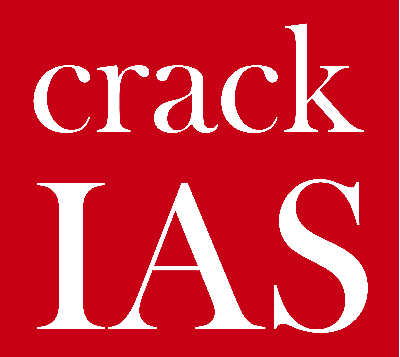
- Self-Study Guided Program o Notes o Tests o Videos o Action Plan

In March, the government announced that it would release an annual “state of nutrition” report, detailing India’s level of stunting, malnutrition and feature best practices for States to scale up nutrition interventions.
It is clear that India has a lot to do to tackle nutrition challenges — 26 million children suffer from wasting (a low weight-for-height ratio), more than in any other country. Yet, the country has the second highest number of obese children in the world — 15.3 million in China and 14.4 million in India. While tackling undernutrition through assurance of adequate nutrition (usually interpreted as dietary calories), we need to ensure that it is also about appropriate nutrition (the right balance of nutrients). Our policy response has to move from “food security” to “nutrition security”.
India must step up its efforts to fight overweight and obesity just as it has been doing with wasting and stunting. Between 1980and 2015, obesity doubled for children and tripled for adults; an additional 2.6 million children will be obese in India by 2025, a trend that will not reverse without action.
Rising obesity is putting pressure on already fragile health systems in India by posing a high risk of chronic diseases such as cardiovascular diseases, diabetes and some cancers (clubbed together as non-communicable diseases, or NCDs). Research shows that Indians have higher levels of body fat and lower levels of lean muscle when compared to many other populations. Therefore, the risk of cardiovascular diseases and diabetes operates even below global thresholds for defining overweight and obesity. Hence the urgency to take public health measures. Apart from a high burden of premature mortality, these threats are something that India can ill-afford to ignore as it looks ambitiously toward a universal health coverage system where everyone can access quality health services that are free of financial burden.
The rise in obesity is deeply concerning because just as growing up underweight gives that person a lifetime of health problems so does a childhood of being overweight. The potent combination of Indian children eating more junk food while becoming increasingly sedentary puts them at an even greater risk. Research has shown that early warning signs for fatty liver disease can be found in children as young as eight if they had larger-than-advised waistlines when they were three.
Fortunately, this year is an ideal opportunity to tackle obesity as global health decision-makers are focussing on how to garner the political will to drive “best buys” such as sugar taxes and mass media campaigns on healthy diets (proven ways of bringing down obesity) while continuing to vigorously pursue efforts to prevent undernutrition. A high-level commission and a UN General Assembly meeting on NCDs are giving new life to existing evidence-based yet largely unimplemented plans of action.
Policy responses should include agricultural systems that promote crop diversity (to enable dietary diversity) as well as regulatory and fiscal measures (to decrease the availability, affordability and promotion of unhealthy foods, while making healthy foods more accessible). For example, taking the lead from a directive by the Delhi High Court, India should ban the sale of junk food in and around schools. Legislators should also put into practice the results of a recent Lancet study on India. It showed that higher taxes on junk food can actually lead those on lower incomes to live healthier lives.
Even in clinical settings, counselling and care are needed. Instead of being downgraded as ways of managing “poor lifestyle choices”, obesity management, prevention and treatment should be provided as essential health services targeted at a condition that undermines health in many ways. This would help reverse the stigma attached to obesity even by health professionals (which has also undermined the response to it).
Further, India should link obesity and undernutrition and treat them as twinned challenges to be jointly addressed under the universal health coverage umbrella. Universal health coverage is encapsulated in the idea that no one should have to suffer financial hardship in order to access essential health care. By tackling obesity through prevention and early care, financially debilitating NCDs can be avoided.
India will be in a better position to fulfil the promise of universal health coverage if it disrupts the cycle whereby poverty leads to NCDs and vice versa. There is compelling evidence that heart disease and diabetes impose high burdens of catastrophic health expenditure, result in a loss of livelihoods and crush people into poverty. With no insurance or personal savings, a heart disease diagnosis can compromise a person’s wealth as well as health.
By making connections to both under- and over-nutrition, health advocates should make economic and social arguments to spur a ‘whole-of-government’ approach to these ‘whole-of-society’ problems. Tackling obesity benefits the economy and the environment, as healthy and sustainable diets are good for productivity levels and the planet. It is now time to get ahead of this unfolding health crisis and save lives and money in the process.
K. Srinath Reddy is President, Public Health Foundation of India. The views expressed are personal
Sign up to receive our newsletter in your inbox every day!
Please enter a valid email address.